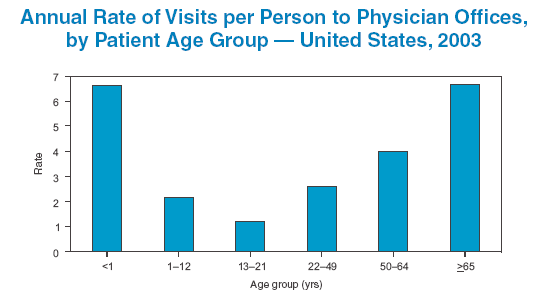As usual, I only wish the example was from a health care company.
Go90 is a streaming service that allows users to watch television shows, videos, and similar content on their mobile devices (the name reflects how users typically orient their mobile devices to watch videos in landscape mode). Unlike previous streaming services, such SlingTV or HBO NOW, the streaming is only for mobile devices, rather than Internet streaming more broadly (although Verizon may follow-up Go90 with a TV service). Plus, of course, it's "free," whereas SlingTV and HBO NOW both carry monthly fees.
Verizon acquired the platform for Go90 from Intel, which had been developing an Internet video service in its own effort to revamp its business, That service, named OnCue, fell out a favor within Intel after a CEO change, and Verizon snapped it up for under $200 million. The stakes for Verizon got higher after AT&T acquired DirecTV, which is AT&T's effort to stay relevant in a more interconnected world.
The cable industry is already undergoing upheaval, realizing that its traditional bundling of channels may no longer be viable. Various options have sprung up to let viewers have more control over which channels/programs they have to pay for (including Verizon's previously announced "skinny" package).
Even more significantly, the cable industry is terrified that they're losing the eyeballs of younger viewers, as illustrated by this graphic from The Wall Street Journal:
Verizon is trying to combat this trend by directly targeting millennials with Go90, using their favorite devices for watching media and at their favorite price point. In order to increase appeal to non-Verizon customers, they're not limiting it to Verizon customers, nor branding it Verizon, They further hope that Go90 will become "social entertainment," increasing its appeal to those uber-connected (pun intended) millennials.
Of course, "free" is rarely actually free. The service does include ads, and, as Variety reports, all that content counts towards data plans, which are not free. Still, if you were going to watch your videos on your phone/tablet anyway, a free service like Go90 should have some appeal.
The thing that struck me initially was the chart showing video patterns by age. It looks surprisingly similar to many charts of health care usage by age, such as the percentage of people with a primary care doctor by age (64% for 18-34 versus 90% for the 55+, according to The Physicians Foundation), or the number of physician visits by age, according to the CDC:

These patterns may not scare the health care industry the way that the corresponding video medium preferences scare the cable industry. After all, health care professionals can rationalize, as people get older they'll use more health care services, and, anyway, we seem to be developing chronic diseases at earlier and earlier ages (e.g., the recent study on diabetes/pre-diabetes prevalence), so the health care industry can always expect people to come to them.
Maybe. But maybe not; the future only resembles the past until it doesn't, and then it can look entirely different. I think health care should be placing a few more bets in case the younger population decides to ditch accessing care in traditional ways like they're ditching cable.
An obvious parallel to Go90 would be with telehealth. I keep reading about its explosive growth, but most of the uses still appear to be tied to health plans, with their deductibles, copays, and/or coinsurance. There are some direct-to-consumer offerings, such as through American Well or Doctors on Demand, but they typically charge per visit or per month.
It'd be interesting to see what would happen if a health system or physician group let people access all the virtual care they wanted "for free," while still charging for in-person services.
CVS recently announced it would be piloting services with three different telehealth companies, mostly in connection with its MinuteClinic offerings. CVS was the first to rid its stores of tobacco products, and it would be equally bold for them to offer a free telehealth service to customers. One would think the in-clinic/in-store referrals could more than pay for the service, and I'd bet that some health systems might pay for the right to be local referral centers for specialty care.
But we shouldn't only be thinking about free video services just because that is what Go90 happened to do. The underlying "problem" in reaching young people about health services is that, generally, they are more likely to be healthy -- or, at least, think they are healthy. Seeing a doctor, even virtually, is just not something they really want to do, unlike watching TV shows on their smartphones. If the health care industry wants to engage younger customers, it needs to do so for activities that they already want to do.
For example, pharmaceutical companies are already tapping Fitbits as a way to collect better data on people in clinical trials, and employer wellness programs have also jumped on the Fitbit bandwagon. Both of those are intriguing starts, but I doubt either group of users have any doubts about the reason for the largess. They only re-enforce the existing business models, rather than appear to upend them.
Similarly, there are already over a hundred thousand health-related apps, many of which have free versions, but not many of which threaten the existing health care business models. When we see apps that lets you, say, perform and interpret your own labs or imaging for "free," that would be revolutionary.
The interesting question will be whether someone in the health care industry will voluntarily up-end their own business model, as Verizon is doing with theirs, or if someone from outside the industry does it for them.
I know what my bet would be.

No comments:
Post a Comment